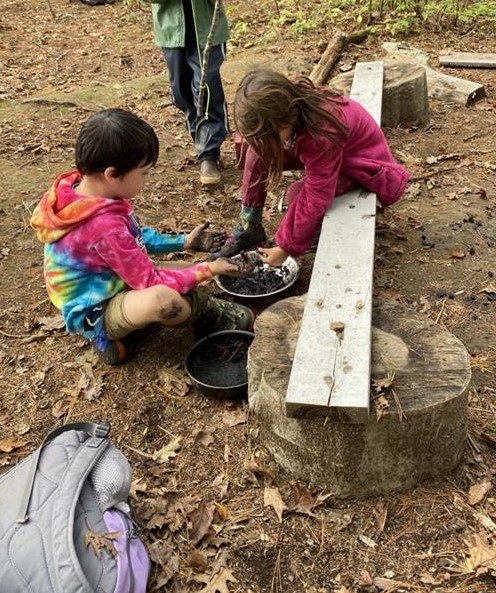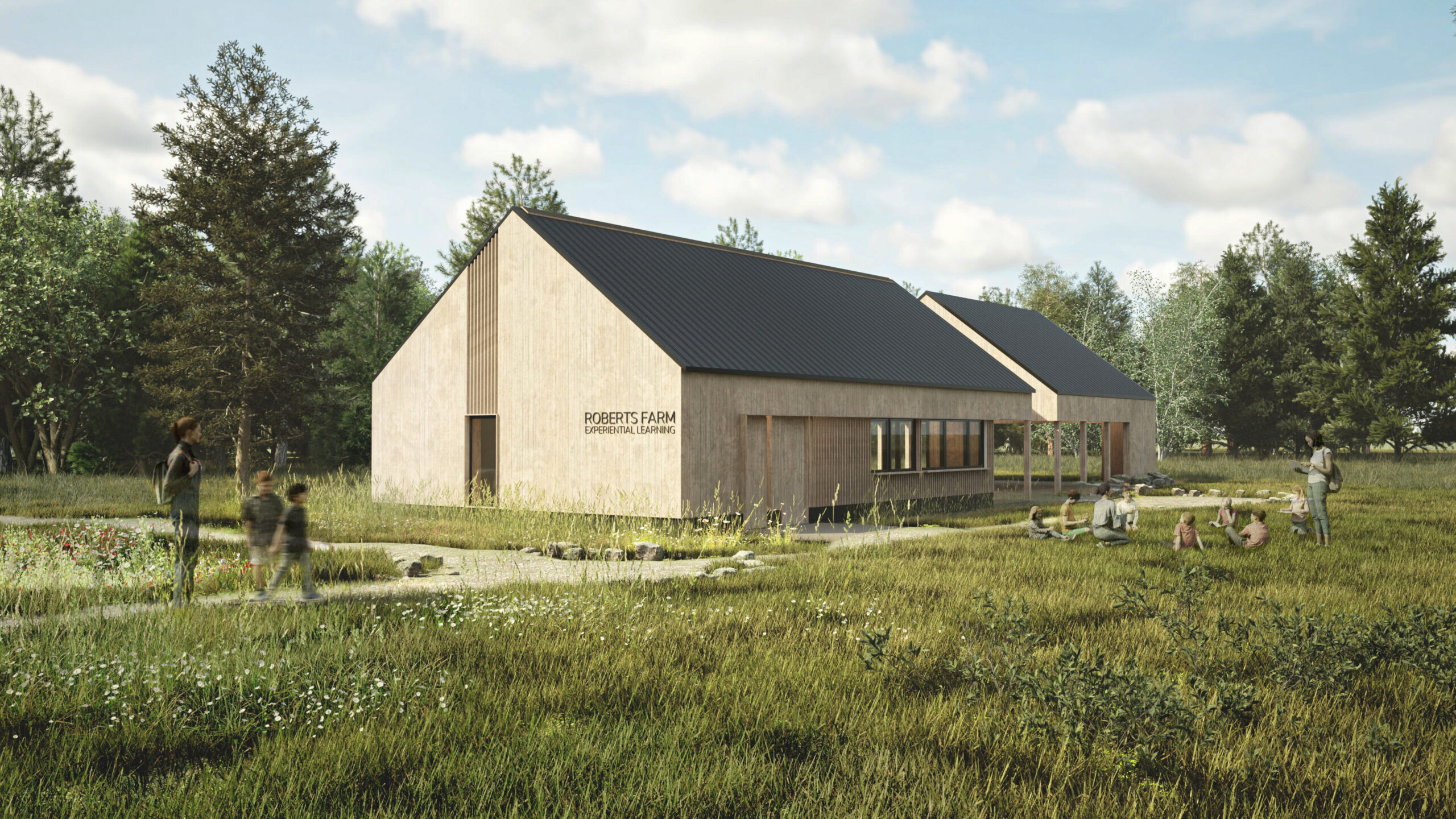Designing for Experience
January 25, 2024
Designing for Experience
Learning environments hold potential to shape and enhance awareness; they have the power to call our attention to the significance of consciousness itself. Awareness and sensory engagement offer a chance to be curious about one’s position in the environment, fostering connections between individuals and the places they inhabit.
Designing educational spaces involves a nuanced consideration of various elements—energies, transitions, distractions, light, air, sound, interactions, community, belonging, and emotions. Thinking about all of these is at the same time an exhilarating pursuit and a daunting responsibility. Like parenting, the role of the architect is relevant and yet subtle – avoiding the pitfalls of heavy-handed “helicopter architecting” while grappling with the very real assignment of building the spaces that shape the experience of childhood.

Navigating this terrain prompts several questions: How do we reveal without showing? How do we encourage without imposing ? How do we build simply without sacrificing imagination? How do sustainable and regenerative practices manifest and assert their relevance? How do we connect meaningfully to the environment and encourage others to fall in love with it? These questions take on a heightened significance when considering their impact on young bodies and minds.
Our work has recently brought us to two educational sites – one early childhood and one for the elementary years – but both with strong relationships to the land. These two projects embrace the latent potential and responsibility of shaping the educational landscape while also contributing to the growing movement of place-based education in local communities.
The ELCUV is an extension of home, a familiar place, and a place to build community from the family outward, while establishing the roots of a strong and stable ecosystem of caregivers, children, and their families.
Early Learning Center of the Upper Valley
Our concept design for the Early Learning Center of the Upper Valley (ELCUV) is attentive to nurturing a child’s experience of the world, using the spaces they inhabit to reveal their unique environment and develop individual perspective and awareness. Initiated by the City of Lebanon in order to address regional childcare shortages, the ELCUV serves as a community asset exemplifying partnership, sustainable building, workforce development, and innovative early learning practices.
The design creates intentional connections between classrooms, circulation, and the outdoors. Consideration of the child’s experience is revealed through simple but deliberate invitations to discover adjacencies, topography, light, and textures present in the outdoors. Views and access to nearby conservation land are an essential element of the experience of the site for its youngest inhabitants but equally important to families, staff, and visiting community members. The site is conceived as a public park which supports the early learning center, a key distinction highlighting the intended local impact and shared resource that this project aspires to create.
What might mean to a child (and their caregivers) to spend their days in the park that they visit with their family on the weekend? The project reflects a statement of community value, investing in the highest quality learning environment with deep connection and respect for its surroundings. The ELCUV is an extension of home, a familiar place, and a place to build community from the family outward, while establishing the roots of a strong and stable ecosystem of caregivers, children, and their families.

Roberts Farm Experiential Learning
What happens when our “place interactors” are school age children? At Roberts Farm, elementary school students leave their familiar classrooms to partake in experiential learning at a 212 acre land trust property, facilitated by a partnership with the Oxford Hills School District, the Western Foothills Land Trust, and Healthy Oxford Hills. This meaningful routine of engaging with the landscape is an important counterpoint to the structure and predictability of daily life at school, at the same time a place of respite and of heightened awareness and connection to the land where learning can flourish.
The design aims to engage children with the landscape while aligning with unique teaching practices for place-based education. As we approached the design we asked, how can we facilitate a transformative experience outside of the classroom for these students and their mentors? How can we do this under strict constraints of a timeline and budget, with the care that such a place requires?
By connecting to place, revealing inherent qualities of site, and keeping it simple, the building is a foremost a facilitator of experience, a vessel for learning that quietly opens itself and its surroundings to discovery.
The Roberts Farm Classroom, though smaller than the ELCUV, employs similar strategies to nurture childhood alongside the landscape. Its understated design reflects the desire for the building to complement education with the landscape while respecting time and budget constraints. Emphasizing orientation, procession, and revealing the history of the land trust site, the placement of the building design also facilitates seamless functionality for ease of teaching and learning.

Being able to flexibly work in the landscape was a key aspiration, along with the ability for programming to be able to grow to support multiple schools and classrooms on-site simultaneously. By connecting to place, revealing inherent qualities of site, and keeping it simple, the building is a foremost a facilitator of experience, a vessel for learning that quietly opens itself and its surroundings to discovery.
Conclusion
At Placework, designing for experience is what we do. The context of childhood imbues this mission with heightened urgency. These two projects have challenged us to embrace the responsibility and opportunity inherent in thoughtful design. They have grounded us in what it means to be humans interacting with the landscape and how we can facilitate deep connections to and awareness of place.